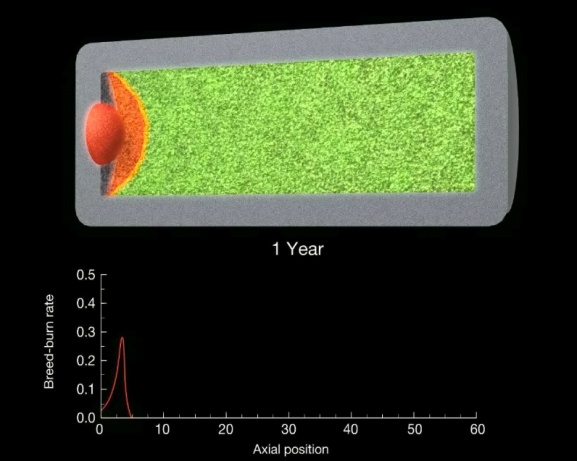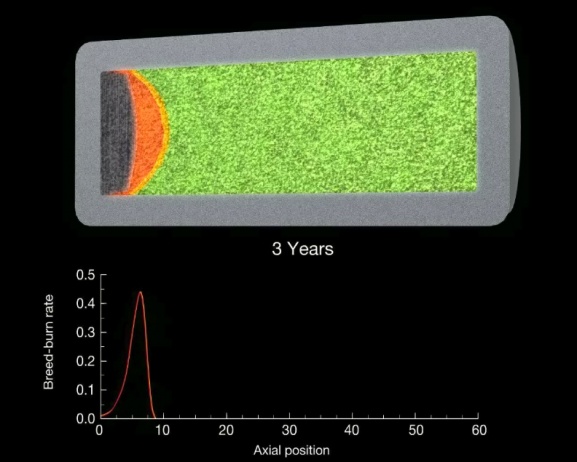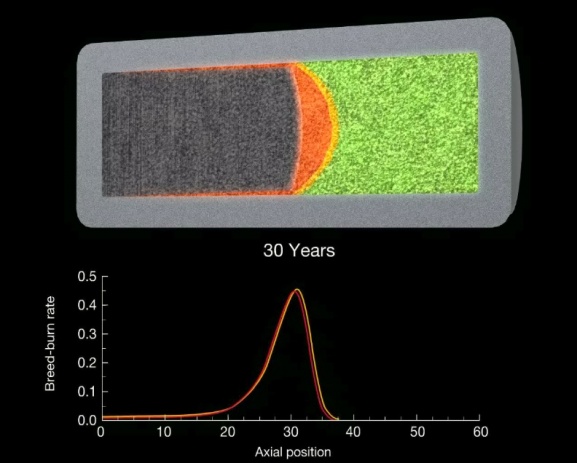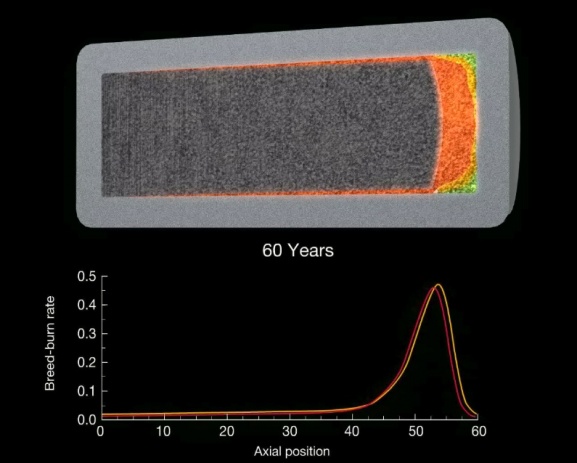 TerraPower: How The Traveling Wave Nuclear Reactor WorksFeb 15, 2010 - Katie Fehrenbacher - earth2tech.com
Well, first off TerraPower is a nuclear spinoff project from incubator Intellectual Ventures. Former Microsoft chief technology officer Nathan Myhrvold founded Intellectual Ventures, and Bill Gates is a principal owner of TerraPower. TerraPower uses a “traveling wave reactor design,” which is technology that has been researched since the 1990’s, but according to MIT Tech Review TerraPower is the first company to “develop a practical design,” for travelling wave nuclear reactors. There’s been a lot written about TerraPower over the past few years, and the company has done a good job of explaining how travelling wave reactors work in these videos on its incubator website. TerraPower’s President John Gilleland explains the process in one video as a new type of nuclear reactor that can provide an infinite amount of power, and unlike the current reactor design that uses only enriched uranium for fuel, TerraPower’s reactor largely uses waste byproduct of that enrichment process, or waste uranium. TerraPower uses a small amount of enriched uranium at the beginning of the process (see slides at the bottom of the post), but then the nuclear reactor runs on the waste product and can make and consume its own fuel. The benefits are that the reactor doesn’t have to be refueled or have its waste removed until the end of life of the reactor (theoretically a couple hundred years). Using waste uranium reduces the amount of waste in the overall nuclear life cycle, and extends the available supply of the world’s uranium for nuclear by many times. Not surprisingly, with its Microsoft connection, TerraPower has leaned heavily on supercomputing to design and model the reactor and the lifecycle of the fuel. The TerraPower team is using “1,024 Xeon core processors assembled on 128 blade servers,” which is a cluster that is “over 1000 times the computational ability as a desktop computer.” On Intellectual Venture’s site, they explain the importance of computer modelling as: Extensive computer simulations and engineering studies produced new evidence that a wave of fission moving slowly through a fuel core could generate a billion watts of electricity continuously for well over 50 to 100 years without enrichment or reprocessing. The hi-fidelity results made possible by advanced computational abilities of modern supercomputer clusters are the driving force behind one of the most active nuclear reactor design teams in the country. How close to reality is this technology? According to this presentation by Gilleland, “operation of a traveling wave reactor can be demonstrated in less than ten years, and commercial deployment can begin in less than fifteen years.” So, that’s what Gates was talking about.
|
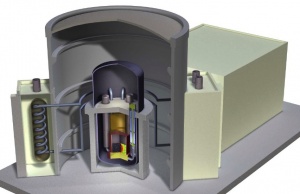 When Microsoft Chairman and billionaire philanthropist
When Microsoft Chairman and billionaire philanthropist 